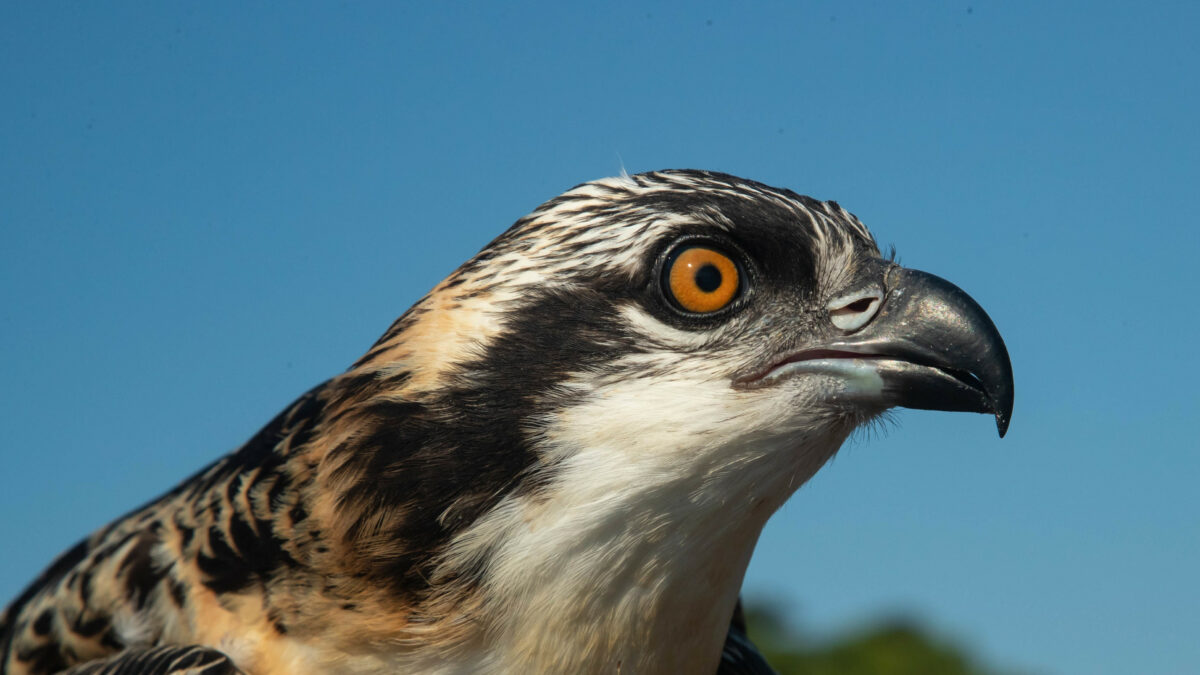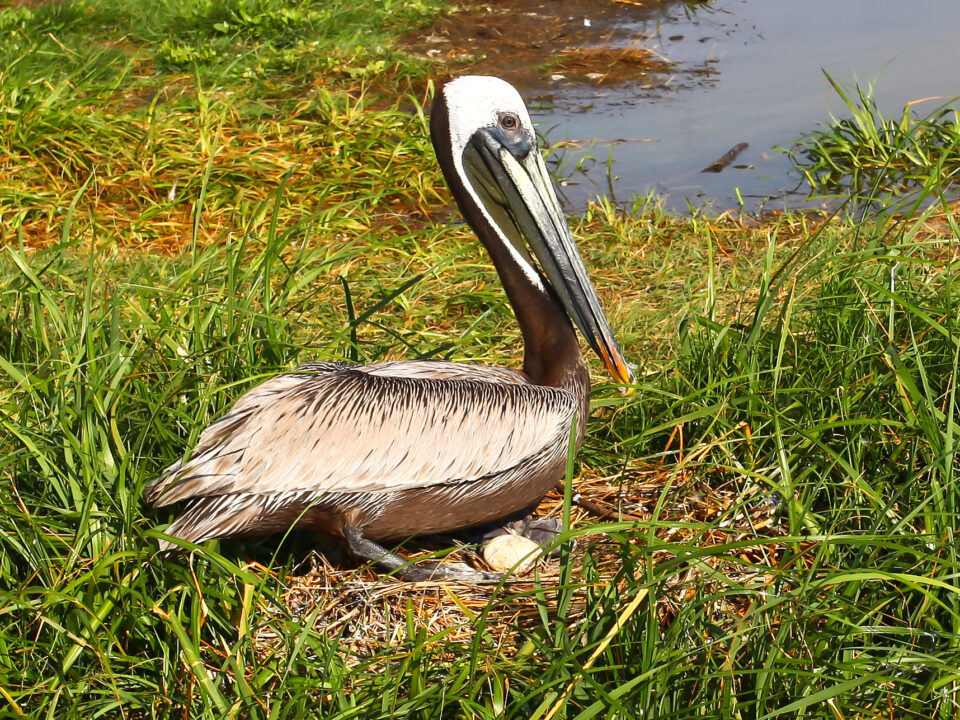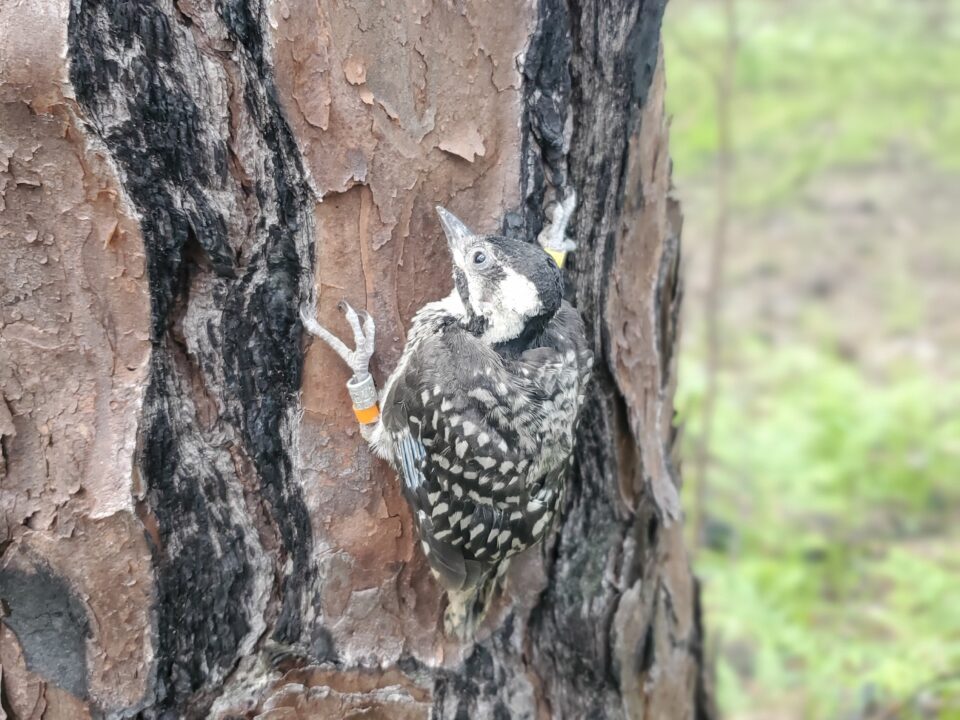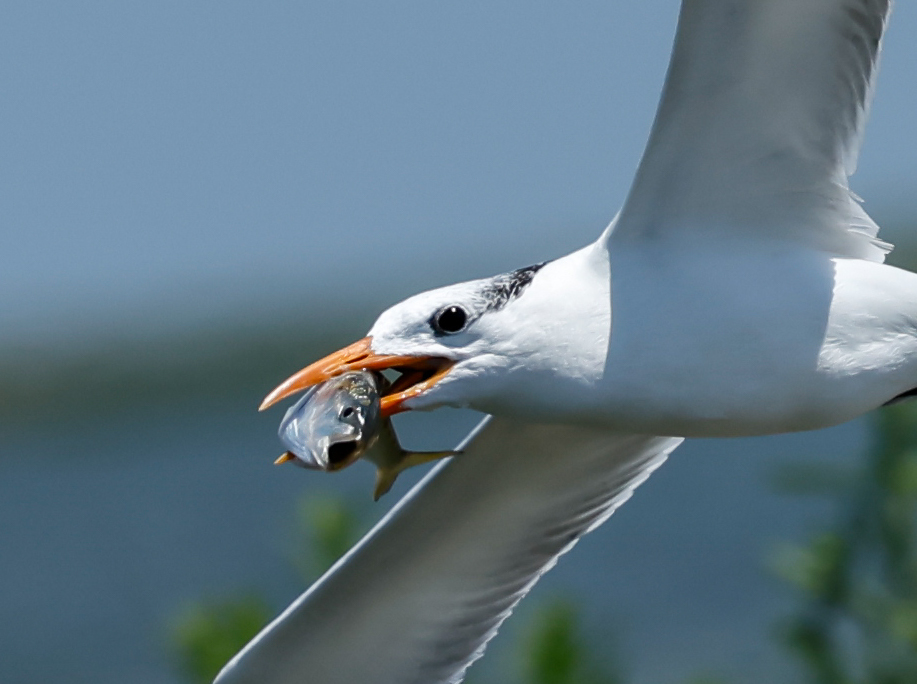2025 Field Season to investigate osprey metapopulation dynamics in Chesapeake Bay

Then and now: A look back on osprey breeding performance in the lower Chesapeake in the late 1980s compared to today
February 6, 2025
Exploring the Last Strongholds of Wayne’s Warbler
April 5, 2025By: Bryan Watts
3/31/2025
Over the past several years The Center for Conservation Biology (and several key partners) has investigated low productivity by osprey within the main stem of the Chesapeake Bay. We conducted a retrospective analysis of data from Mobjack Bay (1974-2021) that documented a decline in reproductive rates, a decline in provisioning rates, a decline in the proportion of the diet accounted for by Atlantic menhaden, a decline in the nutritional value of the diet and an increase in brood reduction (loss of young in the nest). Following this analysis, The Center conducted a food supplementation study to isolate the influence of menhaden on reproductive rates. Productivity was significantly higher for nests that received supplements compared to those that did not. The primary cause of young mortality in the control group that did not receive menhaden supplements was starvation.
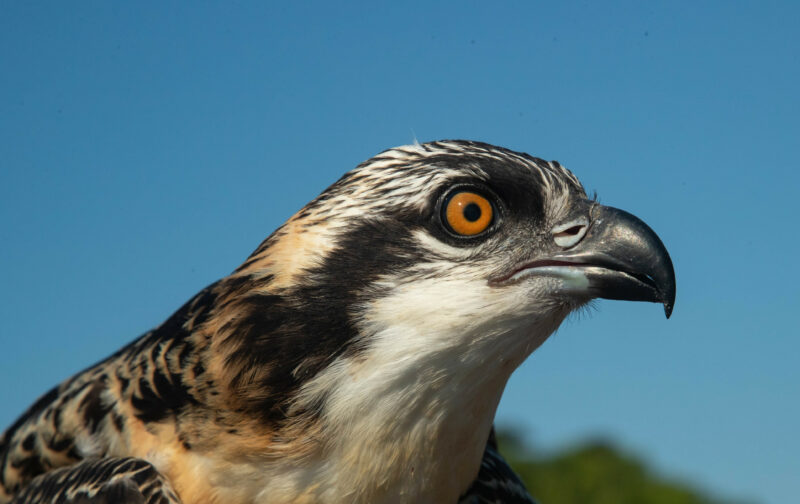
During the 2024 nesting season, we expanded monitoring to include twelve study areas including ten where salinity exceeded 10 parts per thousand (ppt) and two (used as reference sites for comparison) where salinity was less than 1 ppt. Osprey pairs nesting within waters above 10 ppt are believed to be highly dependent on Atlantic menhaden to raise broods. Osprey pairs nesting within tidal fresh waters feed primarily on catfish and gizzard shad. Mean productivity for pairs nesting along the main stem (> 10 ppt) of the Bay was 0.51 young/pair and well below maintenance level while productivity in the tidal fresh study areas (<0.1 ppt) was 1.36 young/pair. Poor breeding performance in the main stem was due to food stress and young starving in the nest.
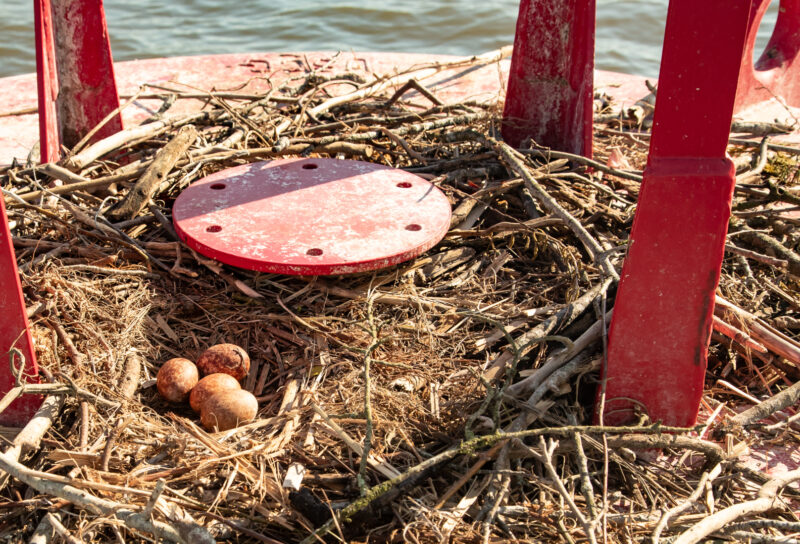
One of the most pressing questions for both the general public and the scientific community is, “What are the implications of low productivity within the main stem of the Bay to the broader Bay-wide osprey population?” A metapopulation is an assemblage of discrete local populations connected by the movement of individuals among them. This is a basic metapopulation question that centers on whether or not the highly productive subpopulations in the upper, low salinity reaches of tributaries are able to compensate for the lack of productivity within subpopulations within the main stem. If the deficit within the main stem is large relative to the surplus in upper tributaries, then the Bay-wide population would be at risk of decline. Its magnitude would depend on the differential. Conversely, if the surpluses from productive subpopulations are sufficiently large to offset the deficit, the overall population would be expected to remain stable, or possibly increase.
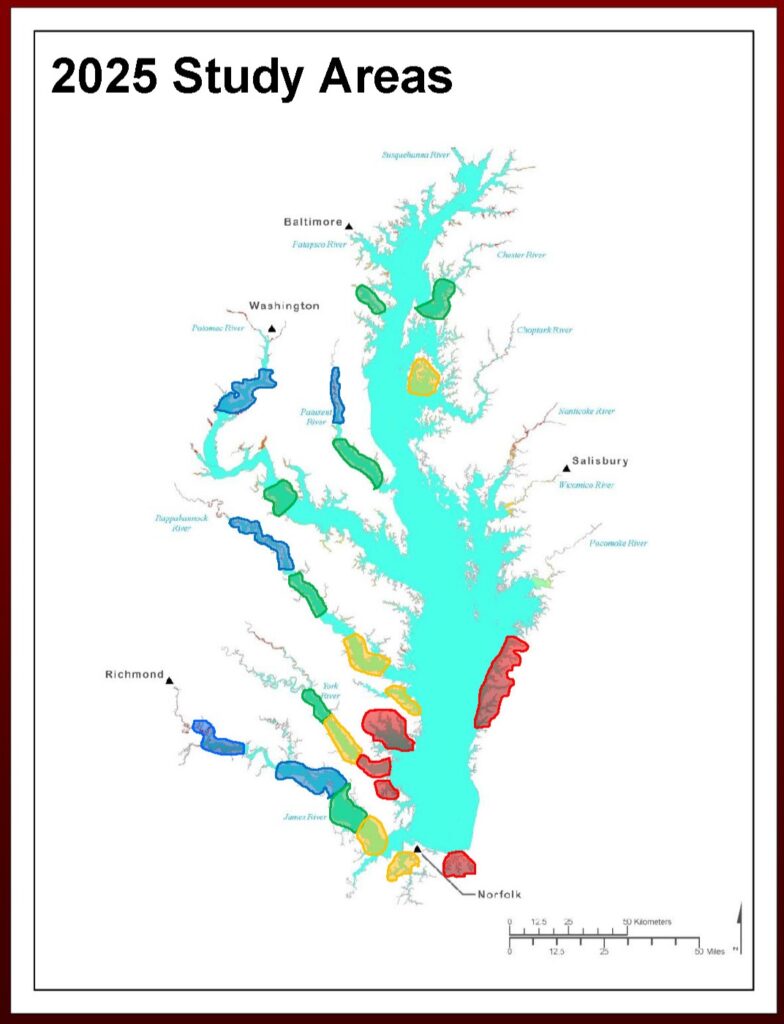
During the 2025 breeding season, we will begin to evaluate whether the low productivity in the main stem of the Bay represents a risk to the broader Bay-wide osprey breeding population. We will be monitoring around 1,000 nesting pairs distributed among 23 study areas throughout the Bay. Study areas represent replicate sites within four salinity zones found within the tidal Chesapeake.
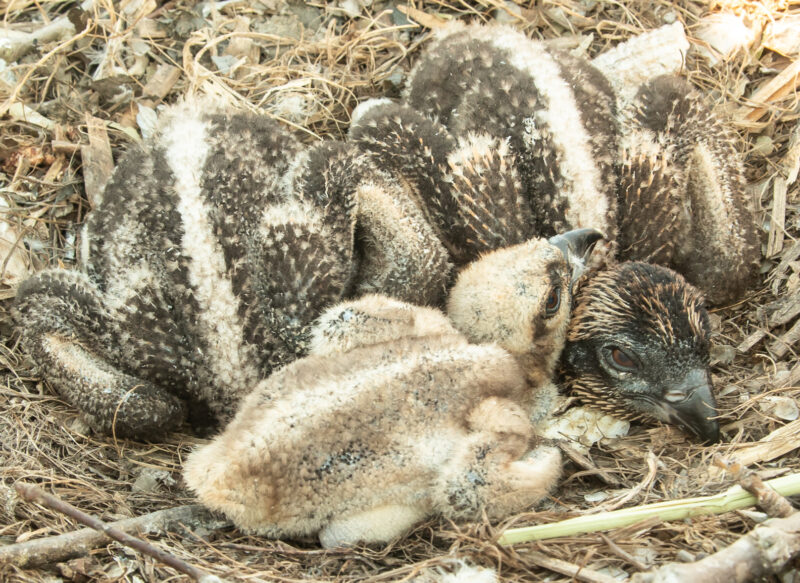
Osprey monitoring during the 2025 nesting season will include several partners, including The Center for Conservation at William & Mary (CCB), Virginia Department of Wildlife Resources (DWR), United States Geological Survey (USGS), U.S. Fish and Wildlife Service (USFWS), Virginia Aquarium, Elizabeth River Project, Patuxent River Park and Operation Osprey on the Severn River. We all join the many residents throughout the Bay in hoping for a good osprey nesting season.

